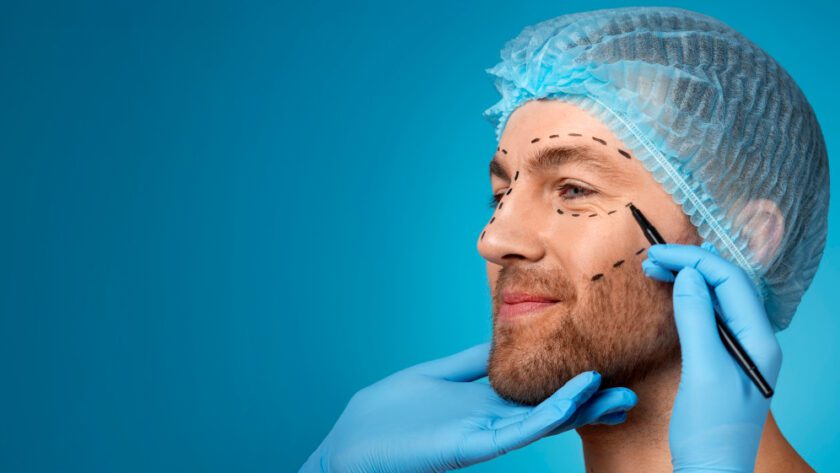The landscape of gender-affirming surgeries has evolved significantly, providing transgender and non-binary individuals with opportunities to align their physical appearance with their gender identity. These surgical procedures not only offer a means for physical transformation but also hold profound cultural and social implications. This article explores the techniques involved in gender-affirming surgeries and their broader impact on society.
Techniques in Gender-Affirming Surgeries
Top Surgery:
Top surgery, or chest reconstruction, is one of the most common gender-affirming procedures. For transgender men, this involves the removal of breast tissue to create a more masculine chest contour. The procedure typically includes the repositioning of the nipples and areolae to achieve a natural-looking result. For transgender women, breast augmentation can be performed using implants or fat grafting to enhance breast size and shape.
Facial Feminization Surgery (FFS):
Facial feminization surgery encompasses a variety of procedures aimed at softening masculine facial features. Common techniques include forehead contouring, rhinoplasty (nose reshaping), cheek augmentation, and jaw and chin contouring. These surgeries work in combination to create a more traditionally feminine appearance, significantly impacting an individual’s ability to be recognized and accepted in their identified gender.
Genital Reconstruction Surgery:
Genital reconstruction, also known as bottom surgery, includes vaginoplasty for transgender women and phalloplasty or metoidioplasty for transgender men.
Vaginoplasty: This surgery involves creating a neovagina using penile and scrotal tissue. The procedure also typically includes the construction of a clitoris to provide sensation, as well as labiaplasty to form the labia. The goal is to create both functional and aesthetically pleasing female genitalia. Aftercare, for example using Soul Source dilators, is often recommended.
Phalloplasty: This involves constructing a penis using tissue from other parts of the body, such as the forearm or thigh. It often includes additional procedures like urethral lengthening and the insertion of erectile devices to achieve both urinary and sexual functionality.
Metoidioplasty: This procedure creates a neophallus from the clitoral tissue that has been enlarged through hormone therapy. It is a less complex surgery than phalloplasty and can allow for urination while standing.
Cultural and Social Impacts
Affirmation and Identity:
Gender-affirming surgeries play a critical role in validating the identities of transgender and non-binary individuals. The ability to align physical appearance with gender identity can significantly improve mental health and overall well-being. This affirmation extends beyond personal satisfaction; it can also affect how individuals are perceived and accepted by society.
Social Acceptance and Visibility:
The increasing availability and visibility of gender-affirming surgeries have contributed to greater societal recognition and acceptance of transgender and non-binary identities. As more individuals undergo these procedures and share their experiences, public awareness and understanding of gender diversity grow. This visibility helps challenge stereotypes and reduces stigma, fostering a more inclusive society.
Legal and Healthcare Advances:
The cultural shift towards recognizing gender diversity has also influenced legal and healthcare frameworks. Many countries and states have enacted laws to protect the rights of transgender individuals, including access to gender-affirming surgeries. Healthcare providers are increasingly educated about the specific needs of transgender patients, leading to better care and support.
Challenges and Considerations:
Despite significant progress, challenges remain. Access to gender-affirming surgeries can be limited by factors such as cost, insurance coverage, and availability of skilled surgeons. Additionally, societal acceptance varies widely across different cultures and regions, with some individuals facing discrimination and barriers to accessing necessary care.
Conclusion
Gender-affirming surgeries are transformative procedures that extend beyond physical changes, offering profound psychological and social benefits. The techniques involved, from top surgery to genital reconstruction, are continually advancing, providing safer and more effective outcomes. Culturally, these surgeries are pivotal in promoting the acceptance and visibility of transgender and non-binary individuals. As society continues to evolve, the importance of these procedures in affirming identity and fostering inclusion cannot be overstated. The journey towards full acceptance and understanding is ongoing, but the advancements in gender-affirming surgeries mark significant milestones in redefining gender and enhancing the lives of countless individuals.




